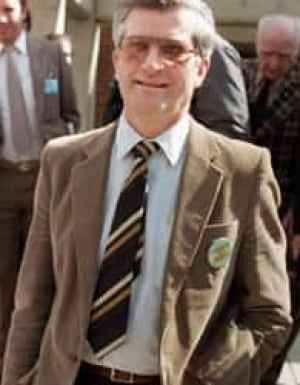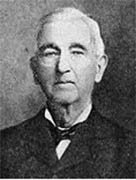Dark Days: A Mercifully Short History on Mass Shootings
 |
| You're going to need to start with some bunnies for this to be ok. |
For the past two weeks, the news has been extremely upsetting to me. First, the murder of six people and injuring of thirteen more as a
gunman opened fire in Isla Vista, is hard to comprehend. I've been there and it's such a beautiful place, with great memories of beaches and waves. Second, three RCMP officers were murdered and others injured by a gunman here in Canada. The whole city of Moncton, New Brunswick was on lockdown as the police tried and finally arrested the alleged killer. Const. Dave Ross, 32, Const. Fabrice Georges Gevaudan, 45 and Const. Douglas James Larche, 40 were all killed.
Why and what drove these men to do what they did? That's always my first question. And I wonder how far back this sort of mass murder goes? Gun violence has existed for as long as the first one was invented, but the
killing of large numbers of people in a public place appears to be a
world-wide 20th century creation which has continued on through the next
century.
The first recorded public shooting spree occurred in Germany in 1913.
Ernst August Wagner
killed his wife and four children, then set fires and shot another 20
people, 9 of which died. He was well educated and a teacher, but had a
history of mental illness and depression, including trying to commit
suicide multiple times. Wagner was found not guilty by reason of
insanity. He was placed in an asylum and died there in 1938.
The
Uiryeong Massacre
in South Korea is one of the most devastating, and is the second
largest known incident of a mass public shooting. On the 27 April 1983, Woo Bum-kon, after
having a fight with his girlfriend and getting drunk, went to his work
as a police officer and assembled an arsenal. He then killed 56 people,
injured 35 others in a killing spree. Woo then blew himself up with the
last three of his victims. A special committee was created to
investigate the shooting and why the police had failed to stop him.
The most deadly has been the
2011 shooting in Norway. A lone political extremist bombed the government centre here on Friday,
killing seven people, the police said, before heading to an island summer
camp for young members of the governing Labour Party and killing at least
80 people.
For many Canadians, the incident in reminds them of their own tragedy: the ten minute shooting rampage at the
Ecole Polytechnique in Montreal
on 6 December 1989. A man shot and killed 14 women and injured 13
others. One reason cited: he was trying to get into the engineering school and was
struggling. More pointedly, his suicide note stated that he hated women as feminists
ruined his life. While this is cited as the major reason for the
Montreal Massacre, he did not have a history of violence.
The only purpose in remembering these mass murders
is to honour the dead, and try to prevent such disasters in the future. In the study, “
Mass Shootings in America: Moving Beyond Newtown,”
James Fox and Monica DeLateur, analyzed research and important
statistics to debunk many common myths surrounding mass shootings
:
Mass murderers snap and kill randomly - Mass
murderers typically plan their assaults days, weeks, or months in
advance. Their motives are most typically revenge, power, loyalty,
terror, and profit
Mass shootings are on the rise - According to FBI data, over the past few decades there has been an average of 20 mass shootings a year in the U.S.
There are telltale signs that can help us to identify mass murderers before they act - Murderers
tend to be male Caucasians with psychological issues, but these
characteristics apply to a very large portion of the population.
Widening the availability of mental-health services
will allow unstable individuals to get the treatment they need and
decrease mass murders- Increasing mental health facilities
may not reach those on the fringe who would turn to murder as many
see the blame residing in others, not themselves.
Some of these ideas, however, are controversial. Here is a
long list of links of research papers on the issue that might help you get your head around it.
Or, if you're like me, it's always going to be impossible to understand or comprehend.














